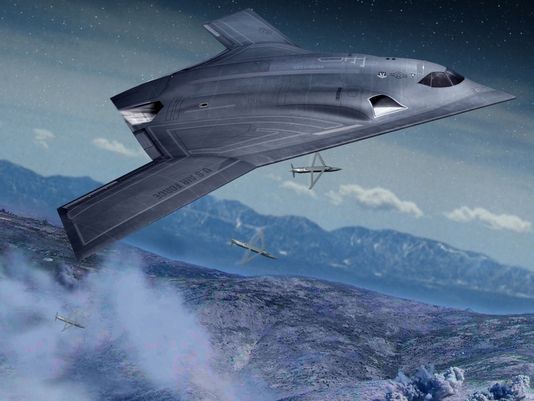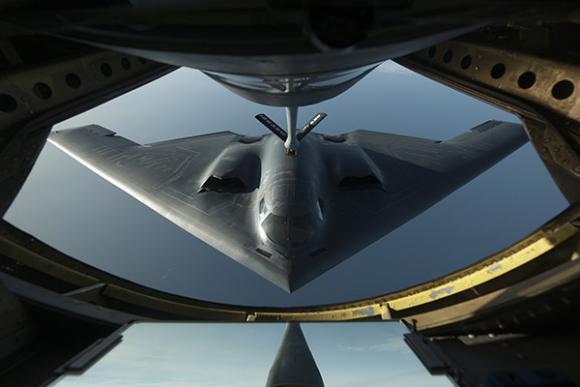The future B-3 may be able to reach Chinese airspace and fly over it for more than an hour. Theoretically, therefore, the B-3 could conduct air strikes from the American bases of Guam and Diego Garcia, according to the calculations of the Chinese People's Daily.
The specifications of the new B-3 are shrouded in mystery, but some data are still known. We know, for example, that the appearance of the B-3 will be different from the B-2. Thanks to new technological discoveries (and a gap of almost 40 years), the B-3 will feature an updated stealth design. However, some aerodynamic solutions of the B-2 could also be used in the B-3.
The bulk of the B-3 fleet, despite the speculation, will be equipped with a human crew, although a small department cannot be excluded, in the final stages of the acquisition, equipped with artificial intelligence.
The new B-3 will have a lower payload capacity than the B-2, a gap that will be filled with the massive use of new generation smart weapons. In this way, the offensive capacity of the B-3 will be comparable to that of the B-2.
Another great feature of the B-3 will be its complete integration into various military networks, including orbital reconnaissance systems. The off-board systems for collecting targeting data and for electronic countermeasures will be decisive.
Each Long Range Strike-Bomber will cost 550 million dollars for a fleet composed of 100 new generation aircraft and a total expenditure of 55 billion dollars for the single acquisition that will start from the 2025.

The Air Force, in the directives, wants a long-range subsonic bomber with high aerodynamic efficiency, the ability to evade any type of air defense and a virtually zero RCS (Radar Cross Section). The very low radar signature is a fundamental prerequisite of the new bomber. In addition to conventional armament, the future bomber will have the ability to take nuclear warheads at enormous distances. By the end of September we will know the company that will develop the bomber.
There are two companies that have reached the award stage: Northrop Grumman and a Boeing / Lockheed Martin team. Both would have proposed flying wings. The two new USAF prototypes, in fact, would already be plowing the skies for a long time. However, there may have been some calculation problems. In the 2014, in its annual report to the United States Congress, the Air Force estimated the cost of the program, from 2015 to 2025, to 33,1 billion dollars. In the 2015, the amount expected for the 2016-2026 period, has soared to 58,4 billion dollars. In an attempt to explain this discrepancy, Air Force officials said both projections were actually wrong, estimating a ten-year expenditure of 41,7 billion dollars.
(in the opening photo a B-2 Spirit of the US Air Force / concept Northrop Grumman)












